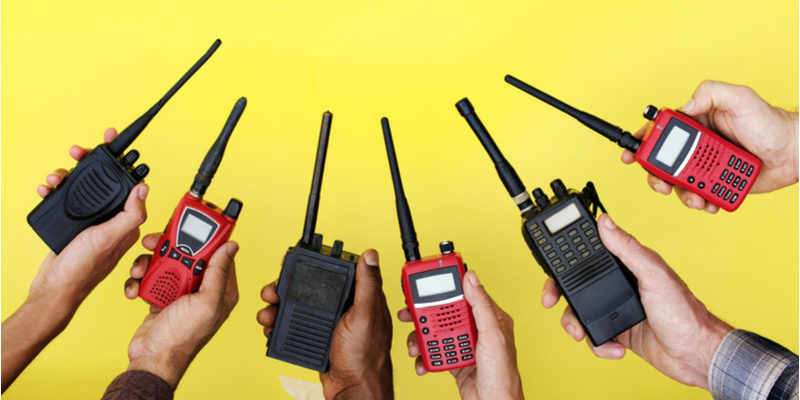With numerous radio technology and solutions being suggested in the market today, selecting the right technology that can meet user obligations can be a challenging task. The first step is to realize the radio technology itself. Realizing what choices are accessible, what it can do and what it will not do, etc. Unfortunately, finding the facts and un-bias data can also be demanding with numerous info soaring around which can be biased in the direction of one answer.
How the technology is used?
Two-way wireless is a radio that can transmit and obtain. A button called the push to talk is often present to cause the transmitter to transmit. These portable two-way radios are called walkies talkies or handy talkies.
Two-way wireless is available in mobile phone and stationary-based configurations. A simple illustration of a two-way radio that both transmits and obtains at an identical time (full-duplex) is a cell telephone, which uses two distinct radio frequencies to carry the two directions of the speech simultaneously.
Two-way radio systems generally function in a half-duplex mode; that is, the operator can converse, or he can listen, but not at the identical time. A push-to-talk or Press To Transmit button activates the transmitter; when it is released the receiver is active fully. A wireless telephone or cellular telephone is a demonstration of two-way wireless that both transmits and receives at an identical time (called full-duplex mode). It values two distinct radio frequencies (channels) to carry the two directions of the speeches simultaneously.
Conventional
Conventional radios function on fixed RF passages. Channel is chosen by a client. In multi-channel systems, channels are used for distinct reasons.
Trunked
The system reasoning automatically choices the personal wireless frequency conduit. A protocol defines the connection between the wireless and the wireless backbone which supports them. Digital trunked schemes carry multiple conversations on one physical conduit, also called multiplexing.
Simplex – uses a lone channel to transmit and obtain
Usual of airplane VHF AM and marine wireless. Often “legacy” systems that have lived for years or decades.
Duplex – conveys and obtains on distinct discreet channels.
Disadvantage: Systems where equipment cannot broadcast without some infrastructure such as a repeater base position. Advantage: Repeater configurations are common in the US base position is configured to re-transmit the audio obtained from wireless flats larger locality than simplex scheme.
Engineered
Engineered schemes are designed to present close to specification or standard. Integral systems with all gear agreed to present together.
Not Engineered
Legacy schemes are not engineered. Not ever conceived to meet a system performance target. May have begun as a base station and an assembly of wireless. Over years, the gear added on in a construction impede method.
Analog
Advantage: In high-quality equipment, better proficiency to broadcast in cases where an obtained pointer is weak or noisy.
Digital
Advantage: More simultaneous conversing paths possible and information such as unit ID, rank buttons, or text notes can be embedded into a lone digital wireless conduit.
